
From The Transmetropolitan Review
My
San Francisco comrades could work strenuously; they took their tasks
very seriously; but they could also love, drink, and play.
–Emma Goldman, 1931
Fulvia and the Savios
My connection to Fulvia Ferrari is pretty simple, so I hope you’re not expecting much. My family was very close with the Savio family, as in Mario Savio, leader of Berkeley’s Free Speech Movement in the mid-1960s. One day, a woman appeared at the Savio house wearing sunglasses and a black shawl. On her way to the front door, this woman appeared elderly and unable to walk without Mario’s assistance, although this was meant to fool anyone surveilling the house. Once she was inside, the woman suddenly transformed into a lively firecracker with a thick, deep laugh.
She spoke fluent Italian, just like the Savios, only her accent seemed a bit French. She came back a few more times, once when my family was there, and my favorite description of Fulvia is her dancing with Joe Savio between his rows of tomato plants. No one ever really knew who she was or what she did. When I heard these stories, she was either described as that French lady from ‘Frisco or that old school Italian lady from North Beach or some combination like that. Everyone in my family who met her said Fulvia was the epitome of cool. When my family imagined San Francisco, a place they’d never been back then, they always thought of Fulvia. She was definitely cool.
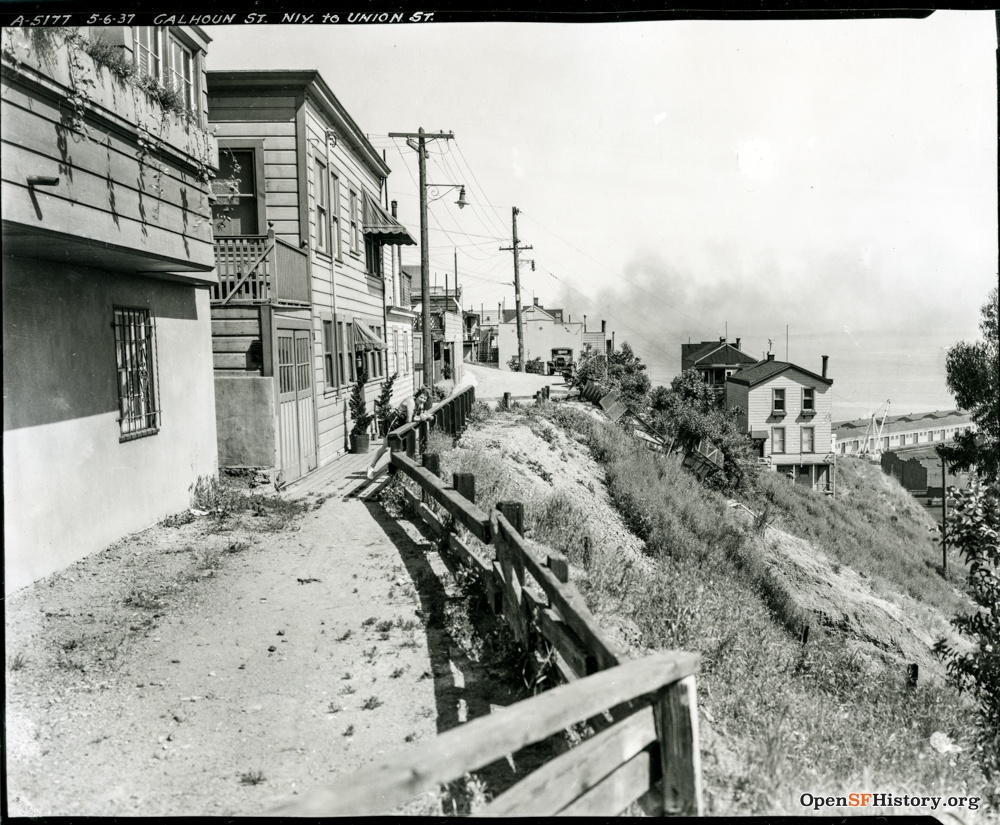
Fulvia was friends with Mario Savio despite being decades older and visited his family in Southern California as a way assuring them he was in good hands. She only visited a few times, the last being sometime in 1967. By that point, the FBI harassment of the Savios had revved into high gear and despite the fact that Mario lived in Berkeley, there was hardly a day without an unmarked car parked outside their house in suburban LA County.
While this repression took its toll on Mario’s mental health, it had grave repercussions for his mother Dora. Dora is the reason Mario was a rebel. Dora is the reason my grandmother, also an immigrant, started to defend herself when the Anglos tried to gouge her at the grocery store. In short, Dora was filled with fire, although she was also just a human. Starting in the late 1960s, Dora began to scream and cry on a daily basis, unable to control the raw panic caused by the FBI stalking her son. The sounds of her screams filled the Savio house on a nightly basis, a fact the FBI hoped would pressure Mario into ending his rebellious practices.
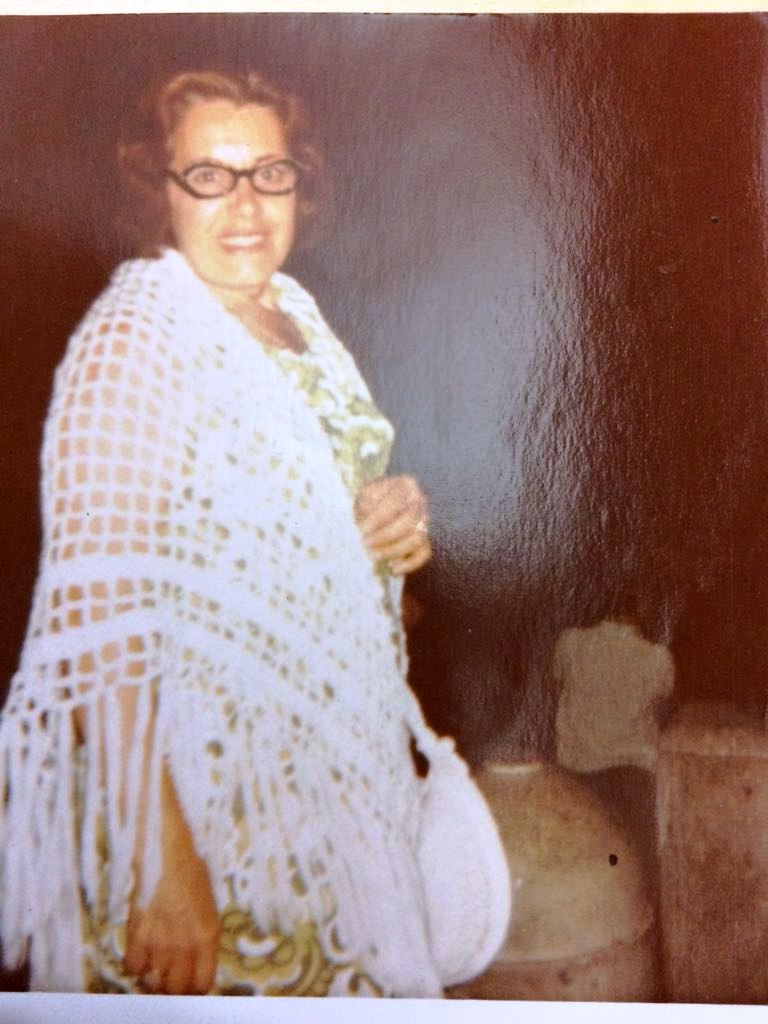
At the height of Dora’s mental illness, my young aunt, no older than three or four, walked right into her bedroom during one of my family’s visits, grabbed Dora’s hands, and literally sucked the darkness out of her soul. That might not make any sense to you, and I really don’t care what you believe, but for the rest of her life, Dora never fell into another spell of screaming and crying. She only lived another decade after this, her life shortened by the FBI harassment, and when she passed away everyone knew it was the federal government that killed her. Even her son’s life ended early because of this repression, and Mario passed away in 1996 at the age of 54. I learned all of this growing up and had no illusions about the federal government or what it was capable of. Thanks to my family, I also knew how to deal with the darkness that followed this type of repression, although it was never easy, or simple.
My
Time on the Waterfront
When I was a young teen in the San Francisco Bay Area, my friends and I used to spend all our free time skateboarding, and there was no better place for this than the SF waterfront. It was here that all of us could skate with the pros and be treated as equals, so long as we didn’t fuck up their tricks or photo shoots. It was nice to see these “pros” were just grown up versions of ourselves who liked to chill, paint, smoke weed, and hated the police. Back in those days, we were constantly on guard against the cops who came to evict us from our legendary skate spots: Pier 7, EMB, and the Hubba Hideout. When the city would stencil the phrase NO SKATEBOARDING on the waterfront, we’d paint over it and then keep skating. When ten police cruisers would descend on Pier 7, all of us would scatter, often pursued by some pathetic cops with nothing better to do. For whatever reason, I always ended up skating away from the police in the direction of Telegraph Hill, a natural sanctuary.
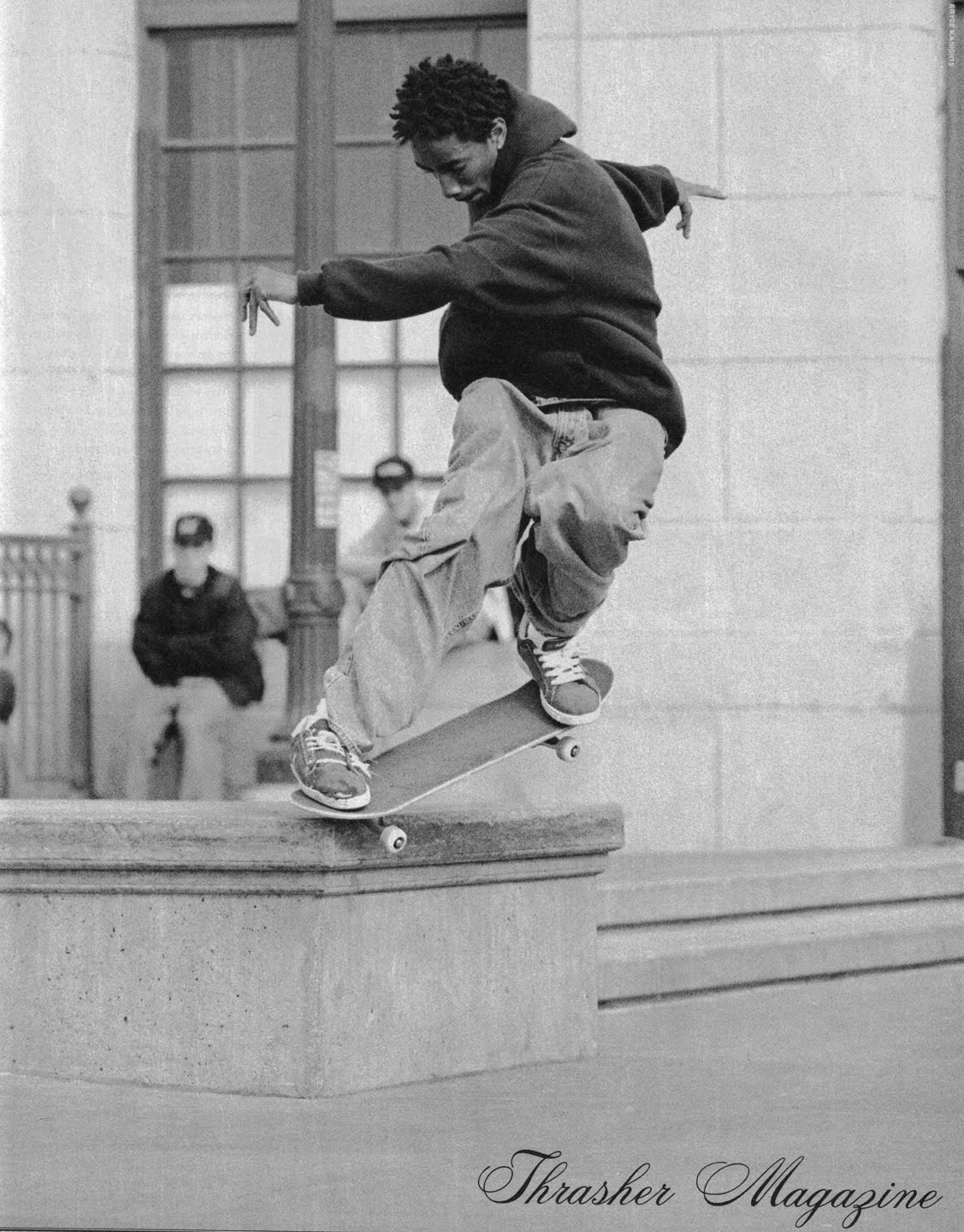
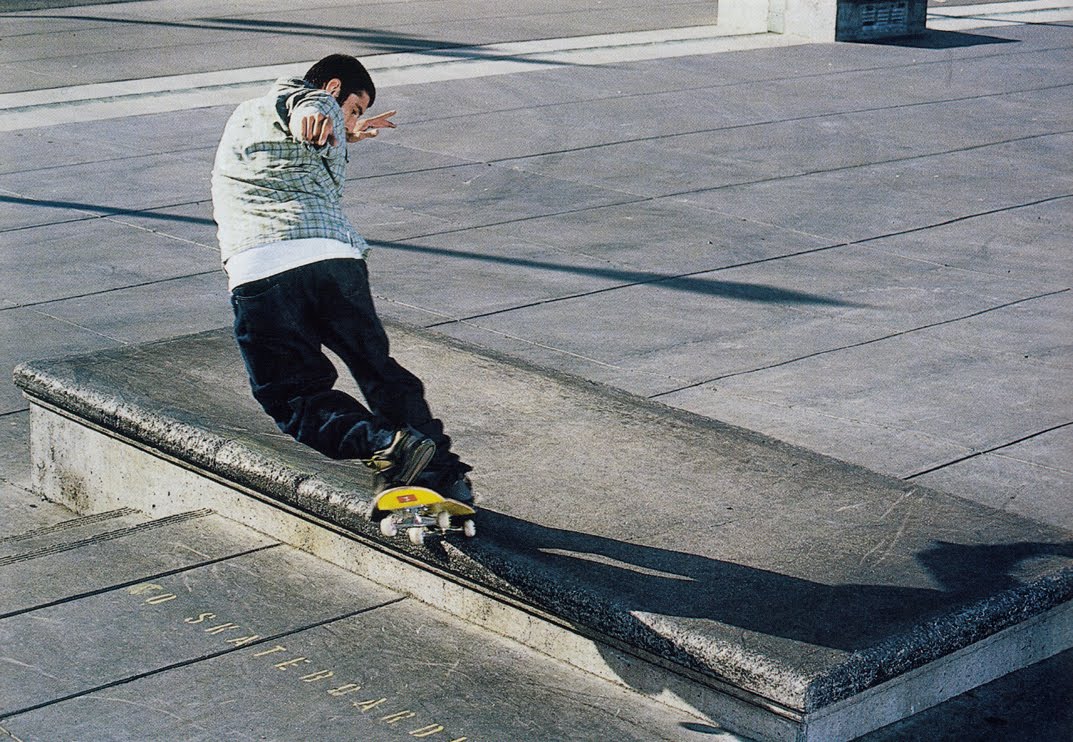
Standing directly over the waterfront and criss-crossed by staircases, this hill was where I made a dozen escapes and hid-out with my friends until the heat passed. While none of us realized this at the time, we were reenacting a historical pattern. In the 1850s, when racist vigilante mobs attacked anyone who wasn’t white, all those who fled ended up on Telegraph Hill, and by the 1870s, the neighborhood was a bastion of outcasts, refugees, and rebels. Long story short, it’s always been a place to hide, whether from racists or the psycho SFPD who used to snort lines of coke before chasing after us little skaters. In the 1890s, the rebels on the SF waterfront were a bunch of sailors who fought the cops on the picket lines. In the 1990s, the rebels were us skaters, terrorizing the yuppies and keeping the docks wild and crazy.
I stopped skating on the waterfront around 1999, the year the cops and gentrifiers got the upper hand. They covered our ledges in metal kinks, passed ordinances outlawing skateboarding, and turned the waterfront into the yuppie tourist nightmare you see today. Plus, being of high-school age, I was always at risk of some bullshit arrest for truancy, a misfortune that befell more kids than I can remember. If someone were to write the definitive account of the SF waterfront during the 1990s, they should try and reconstruct just how many of us were arrested and thrown in juvi. Little did we know that all of us were the front-line against gentrification, tiny soldiers keeping the waterfront from being colonized by terrible yuppies, and after years of fighting, we lost.
Between 1999 and 2002, I kept going to the waterfront, but not to skate. After cutting school, my first stop was always Telegraph Hill, a chill place to smoke a blunt over the water, watch the sailboats go by, and listen to the wild parrots shriek through the air. If I wasn’t with my buddies, I was alone, and when I was alone on Telegraph Hill, I began to learn some of its history. An old lady who lived in the ivy told me three witches used to have a house on Greenwich Street. An old man outside Cafe Trieste told me the hill used to be filled with rebels. A twenty-something woman let me know Telegraph Hill was a literal magic crystal where time could be bent and reshaped. At the time, I wrote her off as some candy-kid raver who took bad ecstasy, just as I wrote off everything else as schizo ramblings of street people. In my teenage ignorance, I had no idea what to do with all this information. All I knew was that I loved the geography of Telegraph Hill, its aura, its ambiance, and its safety.

In 2005, I happened to remember that old school Italian lady from North Beach my family met at the Savios, and when I asked about her, I was told that, yes, she lived on Telegraph Hill with all the artists and weirdos and freaks. This revelation suddenly made everything click, although at first I wrongly assumed Fulvia was one of the three witches who lived on Greenwich Street. I learned there had in fact been a house on Greenwich that was torn down to build a retaining wall in the 1920s. This was the house where the three witches were said to live, only now it was just a garden filled with statues and shrines and the sound of shrieking parrots. By 2007, I’d pieced together enough history to know Fulvia never lived there, it was ger grandmother, her mother, and her great-aunt who lived there from the 1870s to the 1910s. By the time Fulvia got to San Francisco, all that was left of her maternal family’s home was a barren hillside and a mafia-run speakeasy standing above it. As it turned out, Fulvia was an anarchist. So was her mother. And her grandmother.
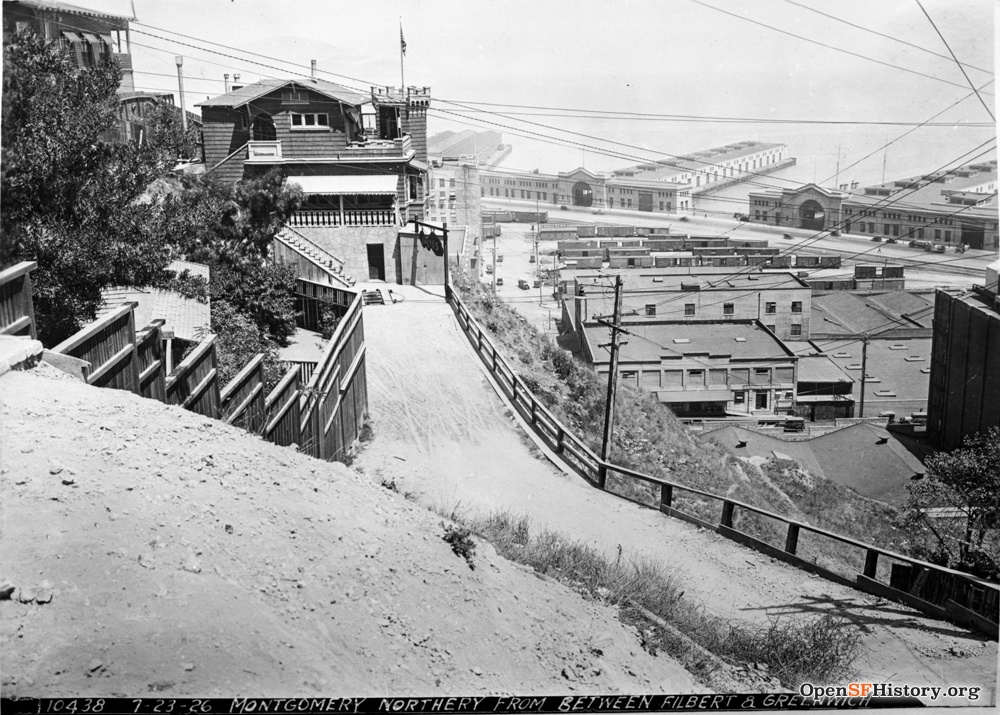
I was also an anarchist, thanks to my family and the local punks, and in 2007, I began the process of writing the history of these strange women. Once I dived into this project, I realized it was a rabbit hole with no clear end. I’m still in that rabbit hole, but recently I’ve begun throwing my discoveries back up into the light. It might have been dangerous to tell these stories at one point, but that time is long past. Now more than ever, we need to remember these women who devoted their entire lives to crushing the tyrants that still rule the land.
Sacred
is the Flame
This is the last video The Cinema Committee will release on Fulvia Ferrari and her family. As an editor of this project, I wanted to end this saga on a personal note. The name Fulvia gave to my family and the Savios wasn’t real. I checked. As far as I know, there’s no record of her owning property on Telegraph Hill. No one ever heard from her after 1978. The last person I know she spoke to was Mario Savio and all she said was goodbye. According to Mario, his friend Fulvia had survived four years inside a concentration camp. When he asked why she was in Nazi occupied Poland to begin with, Fulvia said she’d been looking for her mother. She laughed and tried to make it seem like she was lying, but Mario never forgot.
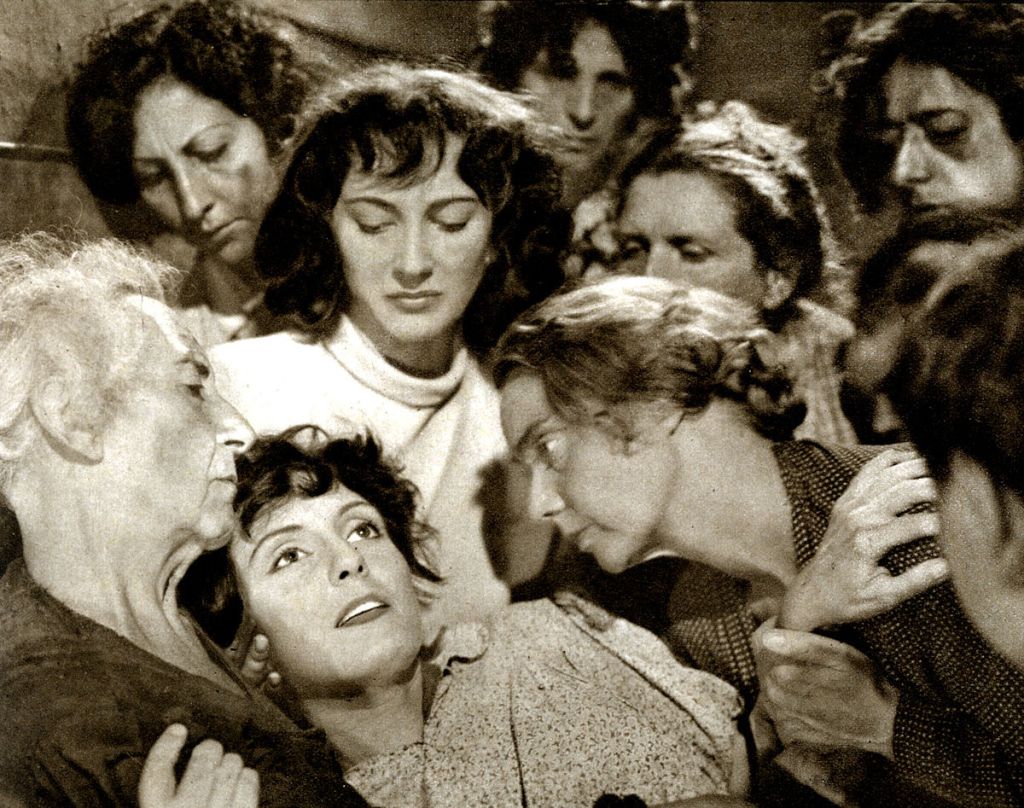
Whether
you believe this history or not is up to you. Why you would prefer to
live in a world without the witches of Greenwich Street is something
I don’t understand, but feel free to disprove any of the facts
revealed in this project. I assure you, even the harshest skeptic
will get stuck in the same rabbit hole I fell into. In the process,
you’ll probably learn more than you could have ever imagined. Many
people involved in this story are dead, but if you want to follow a
few threads, you might be able to ask Diane de Prima. Maybe she knows
something about that weird French lady from San Francisco. Or maybe
not. You’ll have to find out for yourself.
We
hope those of you who’ve read and watched this series were able to
gather some of the flame that Fulvia left for us. We’re the only ones
who can keep this fire alive, so summon your breath, put your face
close to the heat, and exhale until the wood begins to crack and pop
and the flames reach their arms towards the sky. In case you haven’t
noticed, it’s already working, and 2019 is just the beginning. Get
ready for what comes next.
Feliz
Dia de los Muertos!
Long
live Fulvia Ferrari!
Long Live Anarchy!
With
love,
An Editor
There are 3 Comments
Is there something wrong with
Is there something wrong with me, for a fraction of a second I read The Fires of Vulva Ferrari? Am I a sexist Freudian creep?
nuthin wrong with liking
nuthin wrong with liking pussy
"Am I a sexist Freudian creep?"
Yes, and yes. But not because of that.
But nobody here's holding you back from enjoying yourself with her edgy, sexy mugshot. I personally occasionally wank on more problematic imagery than that.
